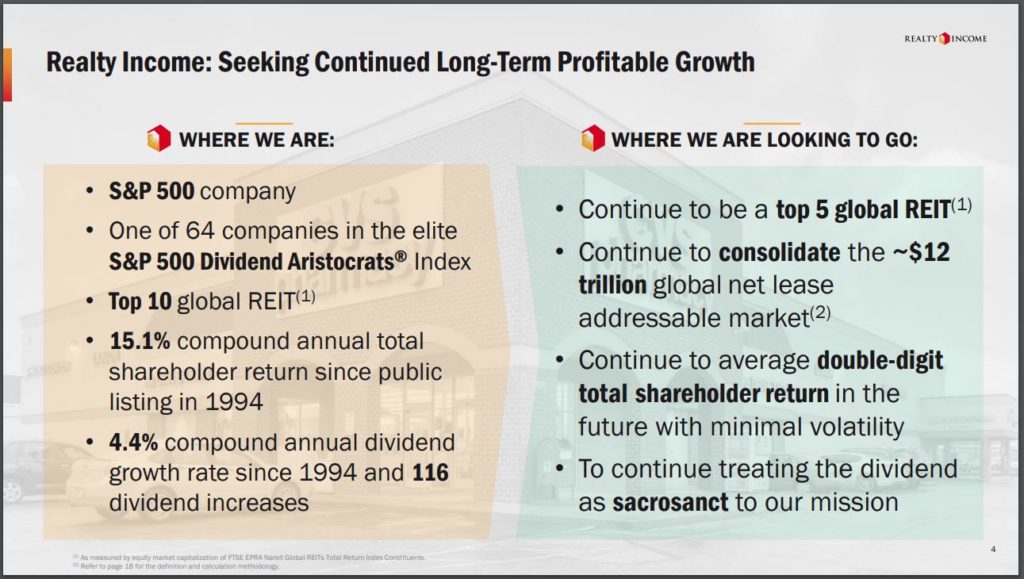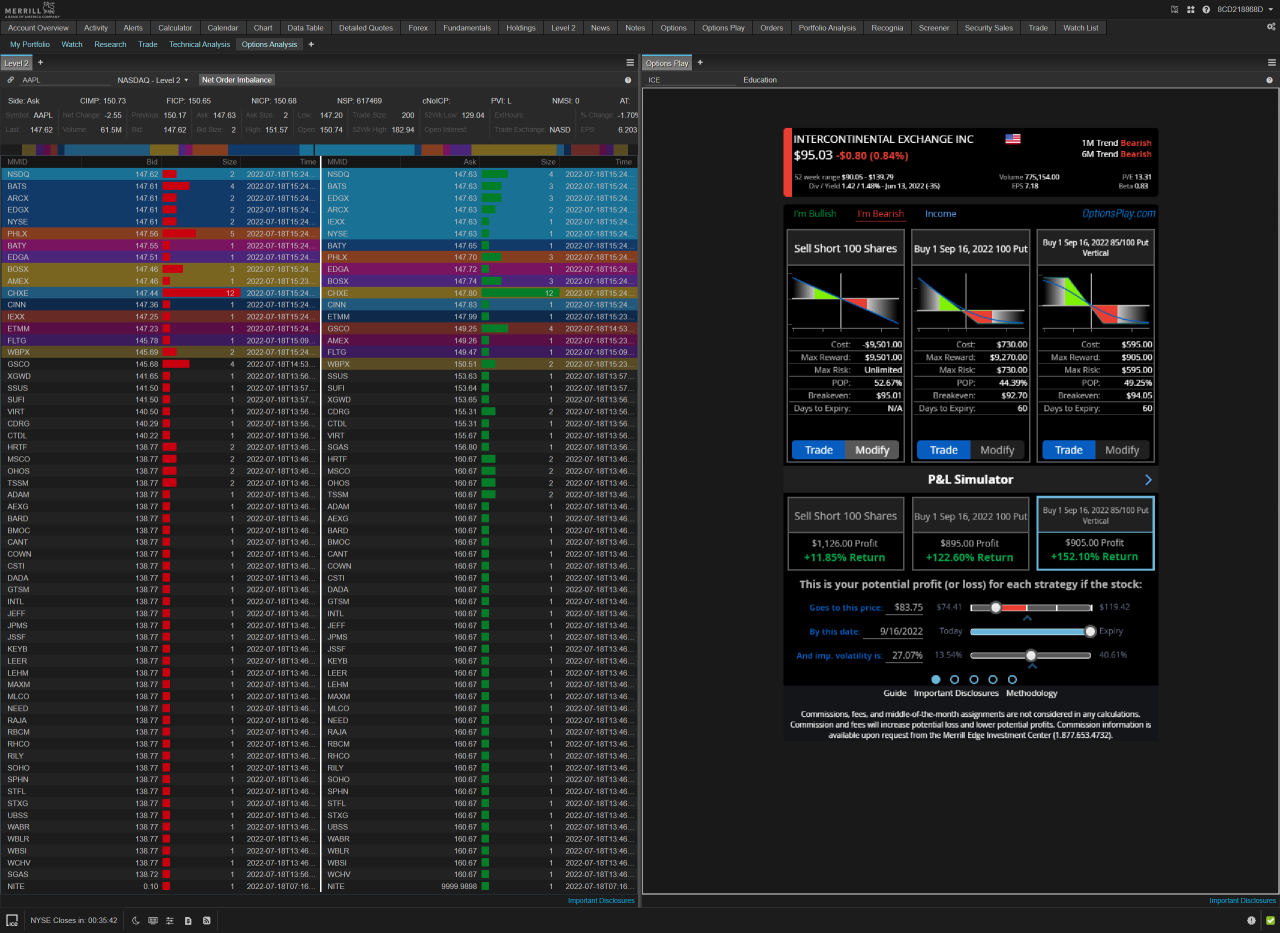Embark on a journey into the realm of DIY smart home systems for renters with a focus on innovation and convenience. This introduction sets the stage for an exploration of how technology can enhance the living experience for those in rental properties.
Delve into the details of various systems designed to empower renters with the ability to customize their living spaces with cutting-edge smart home solutions.
Introduction to DIY Smart Home Systems for Renters

DIY smart home systems for renters have become increasingly popular in recent years as they offer a convenient and cost-effective way to upgrade a rental property with smart technology. These systems are designed to be easy to install and remove, making them ideal for those who are renting their homes.
Benefits of Using DIY Smart Home Systems for Renters
- Flexibility: DIY smart home systems can be easily installed and removed without causing damage to the property, allowing renters to take their smart devices with them when they move.
- Affordability: DIY systems are generally more affordable than professional installations, making them a budget-friendly option for renters.
- No need for permission: Renters can install DIY smart home systems without seeking permission from landlords, as they can be easily removed when moving out.
- Customization: DIY systems allow renters to customize their smart home setup according to their preferences, without relying on a landlord's decisions.
Why Renters Might Prefer DIY Systems Over Traditional Setups
- Portability: DIY smart home systems offer renters the flexibility to take their devices with them when they move to a new rental property.
- Easy installation: DIY systems are designed to be user-friendly and can be set up without the need for professional assistance, saving time and money.
- No long-term commitment: Renters can easily remove DIY smart home systems without making permanent changes to the property, making them ideal for those living in temporary housing.
- Cost-effective: DIY systems are often more affordable than traditional setups, making them a practical choice for renters looking to enhance their living space with smart technology.
Considerations for Renters when Choosing a Smart Home System
When it comes to choosing a smart home system as a renter, there are several key factors to consider to ensure compatibility with your rental property and ease of installation. Let's explore some important considerations for renters when selecting a DIY smart home system.
Compatibility with Rental Properties
One of the most critical factors to consider is whether the smart home system is compatible with your rental property. Make sure to check if the system can be easily installed without causing any damage to the property or violating any lease agreements.
Ease of Installation
Another important consideration is the ease of installation. As a renter, you want a smart home system that can be easily set up and removed without leaving any permanent changes. Look for systems that are plug-and-play or require minimal installation to avoid any hassle.
Flexibility for Renters
When comparing different DIY smart home systems, consider the flexibility they offer for renters. Look for systems that can be easily moved from one rental property to another without any complications. Also, check if the system can adapt to different living situations and configurations to accommodate your changing needs as a renter.
Top DIY Smart Home Systems Suitable for Renters

When it comes to choosing a smart home system as a renter, it's important to look for options that are easy to install, budget-friendly, and don't require permanent alterations to the property. Here are some popular DIY smart home systems that cater to the needs of renters:
1. Google Nest
Google Nest offers a range of smart home devices that are perfect for renters. The Nest Thermostat, Nest Cam, and Nest Protect are all easy to install and can be controlled remotely through the Google Home app. These devices can help renters save energy, enhance security, and monitor their home while away.
2. Amazon Echo with Alexa
Amazon Echo paired with Alexa is another popular choice for renters. With a variety of compatible smart home devices, renters can easily control their lights, thermostats, and security cameras using voice commands. Alexa can also help with daily tasks and provide entertainment through music and podcasts.
3. Philips Hue Smart Lighting
Philips Hue smart lighting is a great option for renters looking to add ambiance and convenience to their living space
4. Wyze Smart Home Starter Pack
The Wyze Smart Home Starter Pack is an affordable option for renters looking to get started with smart home technology. This kit includes a variety of devices such as a camera, sensors, and bulbs that can be easily set up and controlled through the Wyze app.
Renters can enhance their home security and automation without breaking the bank.
5. SimpliSafe Home Security System
For renters prioritizing home security, the SimpliSafe Home Security System is a reliable choice. This DIY system is easy to install and doesn't require any drilling or wiring. Renters can customize their security setup with sensors, cameras, and alarms to protect their home and belongings.These DIY smart home systems offer renters the flexibility to enhance their living experience without making permanent changes to their rental property.
Whether it's energy savings, convenience, security, or entertainment, there are options available to suit every renter's needs.
Installation and Setup Process for DIY Smart Home Systems in Rental Properties

When it comes to setting up DIY smart home systems in rental properties, renters need to follow a specific process to ensure a smooth installation and setup. Here is a step-by-step guide along with tips and tricks for renters to consider during the process.
Gather all Necessary Equipment
- Before starting the installation process, make sure you have all the necessary equipment and components required for the smart home system.
- Check if the system is compatible with your rental property and ensure you have permission from your landlord if needed.
Read the Instructions Carefully
- Take the time to carefully read through the installation instructions provided by the manufacturer.
- Follow the step-by-step guide to avoid any mistakes or issues during the setup process.
Identify the Ideal Placement
- Determine the best locations to place sensors, cameras, and other devices for optimal performance.
- Avoid drilling holes or making permanent changes to the property without permission from your landlord.
Connect and Test the Devices
- Start connecting the devices to the central hub or control panel as per the manufacturer's instructions.
- Test each device to ensure they are working correctly and communicating with the system effectively.
Troubleshooting and Support
- If you encounter any challenges during the setup process, refer to the troubleshooting guide provided by the manufacturer.
- Reach out to customer support for assistance if needed, to resolve any technical issues you may face.
Summary
Concluding our discussion on The Best DIY Smart Home Systems for Renters, it's evident that the future of rental living is evolving towards a more connected and automated experience. By embracing these innovative technologies, renters can truly transform their living spaces into smart homes of the future.
FAQ Explained
How easy is it to install DIY smart home systems in a rental property?
DIY smart home systems are designed for easy installation, often requiring no professional help. They are renter-friendly and can be easily set up without causing damage to the property.
Are DIY smart home systems customizable to fit different rental spaces?
Yes, DIY smart home systems offer flexibility and customization options to adapt to various rental layouts and configurations, making them suitable for a wide range of living spaces.
Do DIY smart home systems require a long-term commitment from renters?
No, most DIY smart home systems do not require a long-term commitment and can be easily removed or transferred to a new property when needed, providing renters with flexibility.




